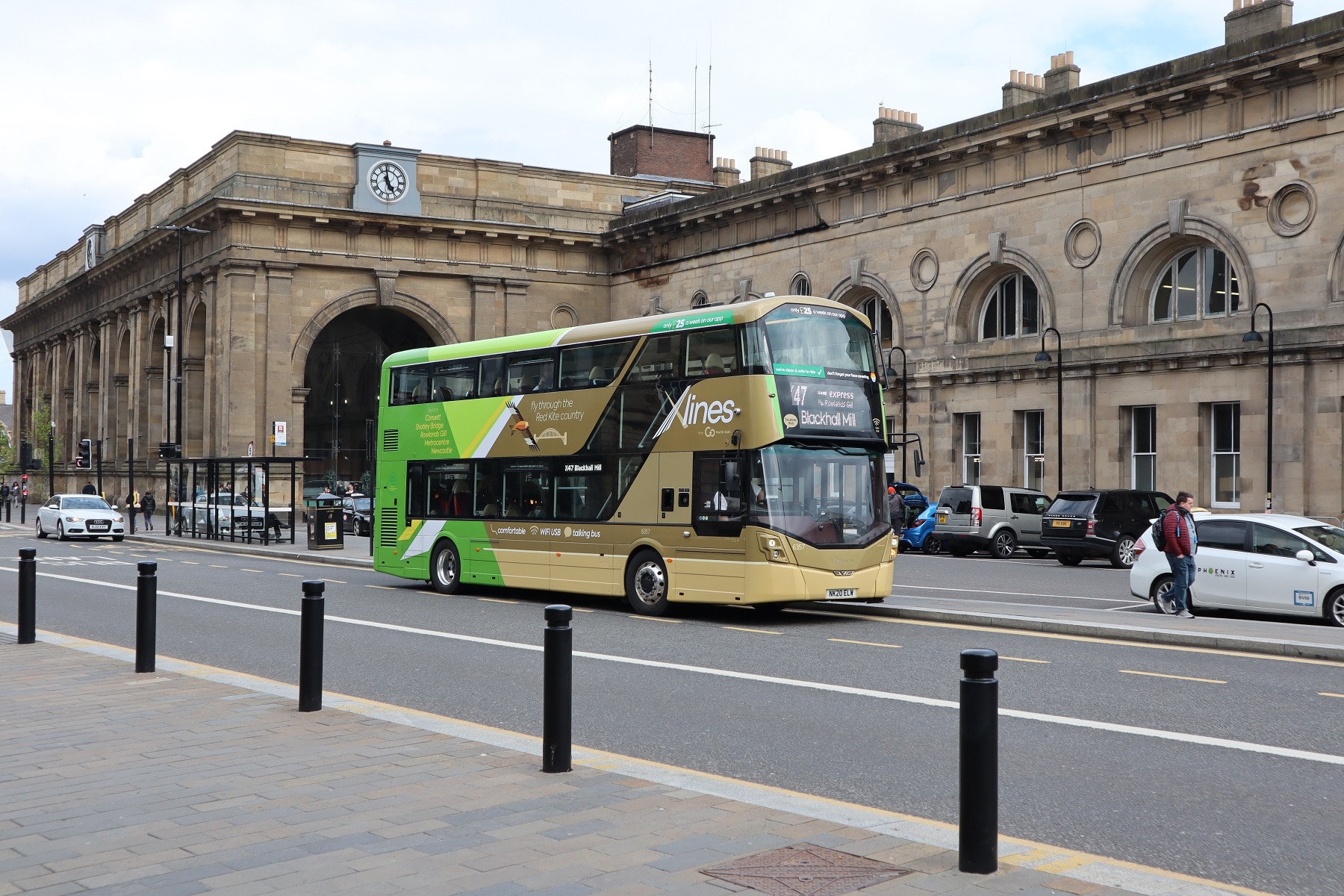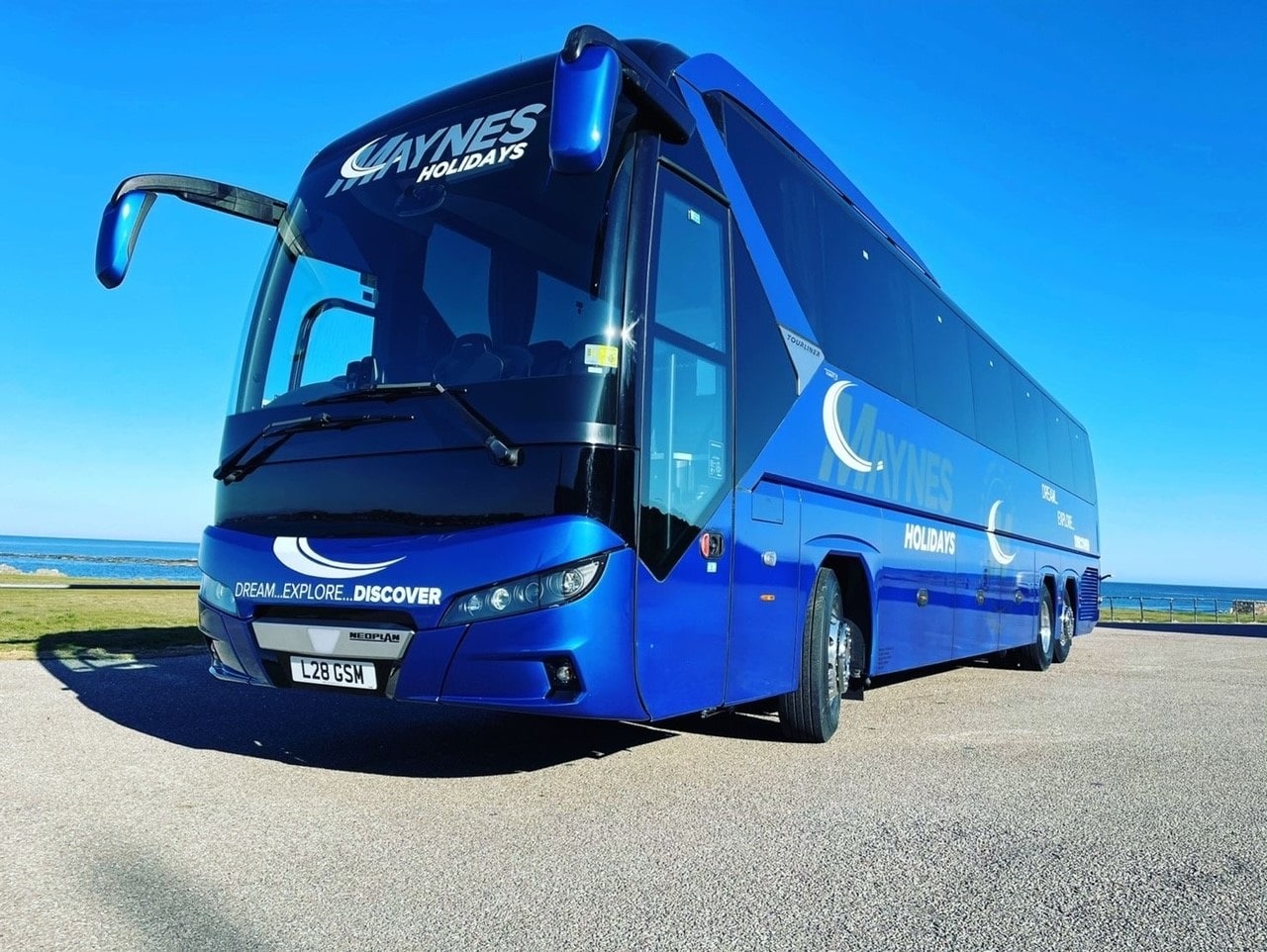Bus Service Improvement Plan (BSIP) content prepared by local transport authorities (LTAs) in England and submitted the Department for Transport (DfT) will be expected to represent an outline of positive changes that are planned, guidance published on 17 May states.
The document adds that DfT is not expecting “vastly detailed and granular” BSIP submissions. Instead, Plans will be ‘living’ documents that will not be taken “as definitive or immutable commitments or statements of intent.” But they will act as an early basis for DfT funding decisions before monies are transferred in the 2022/23 financial year.
Nevertheless, there is an expectation that BSIP submissions will each set out a high-level vision and key interventions to deliver it. Their overarching aim will be to grow patronage. The guidance also reaffirms what has been flagged as an overly optimistic timetable for LTAs that was first laid out in Bus Back Better:
- By 30 June: Decide whether to pursue Enhanced Partnership (EP) or develop a franchising assessment
- By 31 October: Publish a BSIP
- By 31 March 2022: Have either an EP in place or be following the statutory process to develop a franchising assessment.
Access to a share of the £3bn to be provided by the government for buses hinges on those deadlines being met. It is anticipated that two tranches of that funding will be made available: One allocated by formula to all LTAs based on BSIP quality, and another that is for specific larger schemes.
The guidance acknowledges that the above timeframe is “fast paced.” It justifies that by saying that the coming year will provide a unique opportunity to delivery significant improvements, hence the need for “urgent action.” As a result, when assessing BSIP quality, DfT will give weight to measures that support local bus markets as they emerge from the COVID-19 pandemic.
Bus Service Improvement Plan guidance follows NBS

In a nutshell, a BSIP will formulate the delivery of outcomes required by the National Bus Strategy (NBS).
The BSIP can therefore be developed in parallel with the LTA deciding whether to pursue EP or franchising.
DfT expects that all stakeholders will work together to understand what factors currently hold back bus use, which will inform the package of measures included in the BSIP.
The guidance is clear that EP is the best way for improvements to bus services to be delivered rapidly. Where EP is pursued, the BSIP will “set out a high-level vision and key interventions to deliver it.” The subsequent EP plan will then detail how those interventions will come forth. Together, those documents will form a “blueprint” for service improvement.
It is required that BSIPs include a passengers’ charter. There must be mechanisms for redress at a local level and means to ensure that standards are met. That could include the establishment of Bus Advisory Boards. However, it is not necessary to create a full charter as part of producing a BSIP.
LTAs may find it beneficial to join together to produce a BSIP. They are expected to collaborate to mitigate any cross-border issues, although no guidance is given for services that travel between England and Scotland or Wales.
Where an Advanced Quality Partnership Scheme (AQPS) already exists, it is expected that the BSIP will include plans to revoke it in most cases.
Key information that is expected to form part of a BSIP includes:
- Basic details of the current situation, about operators and the LTA; what and where are the main barriers to bus usage and growth; areas of opportunity; evidence of the benefits of improving services; and how, if possible, services in the LTA area compare to “the best in England.” The views of passengers and third parties must also be reported
- Outline proposals for improvements and how the LTA(s) and operators would deliver them. Those will include services that are more frequent; faster and more reliable; cheaper; more comprehensive; easier to understand and use; and better integrated with other modes and each other. An exhaustive list of interventions is not required. Demand responsive transport may be considered here
- A description of post-pandemic challenges, including how networks may evolve in response to any lasting demand changes – although the guidance recognises that October is likely to be too early to make firm judgements in that regard
- An exploration of how services that were commercially viable before the pandemic, but which are not likely to return to that position, can best be supported
- Targets that are to be set for journey time and reliability improvements, both in the LTA area as a whole and for each of its largest towns and cities, and for patronage growth and customer satisfaction
- Ambitions for buses in the longer term. That may include aspirations for bus rapid transit and other schemes that lie between conventional bus and light rail.
LTAs and operators should develop a shared understanding of the most important priorities for a BSIP. However, the guidance is clear that there must be a significant increase in priority measures and that fares must become lower and simpler.
Operators’ input central to BSIPs alongside stakeholder involvement

Collaboration between LTAs and operators – and with other stakeholders, including the public – is mandatory when preparing BSIPs.
That will additionally involve operators discussing and reaching a joint position among themselves, although the guidance recognises that commercially sensitive matters will be part of confidential dialogue with the LTA(s).
It is recommended that a forum is created for “the free and frank exchange” of views, data and ideas. It could be chaired independently or on a rotating basis among members.
The guidance notes that “there can be no return to a situation where services are planned on a purely commercial basis with little or no engagement with, or support from, LTAs.” But an LTA cannot unilaterally decide what goes into a BSIP. As part of their constructive engagement, operators are expected to offer suggestions for improvement.
There is an operator objection mechanism where EP is the chosen pathway. That is intended to ensure that any proposal requiring delivery by the operator concerned “will not have unintended consequences for passengers,” although it is expected +that it will be used as a last resort.
ZE funding covered in Bus Service Improvement Plan guidance
A further key part of the work outlined in the guidance is the development of strategies, targets and measures for cutting carbon emissions from transport in an LTA’s area. LTAs must work with operators and energy providers to include ambitions in BSIPs to decarbonise bus fleets, with an expectation of all areas moving to zero-emission in the long term.
Additionally, BSIPs (and any subsequent franchising proposals) should be flexible enough to respond to future funding schemes that DfT may run to support that transition.
The final steps before funding agreed by DfT
Once a BSIP is agreed it must be published on the LTA’s website and submitted to DfT. The BSIP should be accompanied by letters of support from operators that represent at least 80% of registered mileage in the geographical area covered by the Plan. If that is not possible, the LTA(s) must explain why.

After submission, DfT will use BSIPs to understand the appetite for transformational investments that support buses both during the funding period and in the longer term.
In a further carrot for LTAs, the guidance notes that their performance with respect to NBS policies will be borne in mind by the government when considering funding allocations for non-bus local transport schemes.
BSIPs may be altered and republished if the LTA and operators believe that is necessary, and they should be revised at least every 12 months.
Download the Bus Service Improvement Plan guidance here. Download the National Bus Strategy here.

























